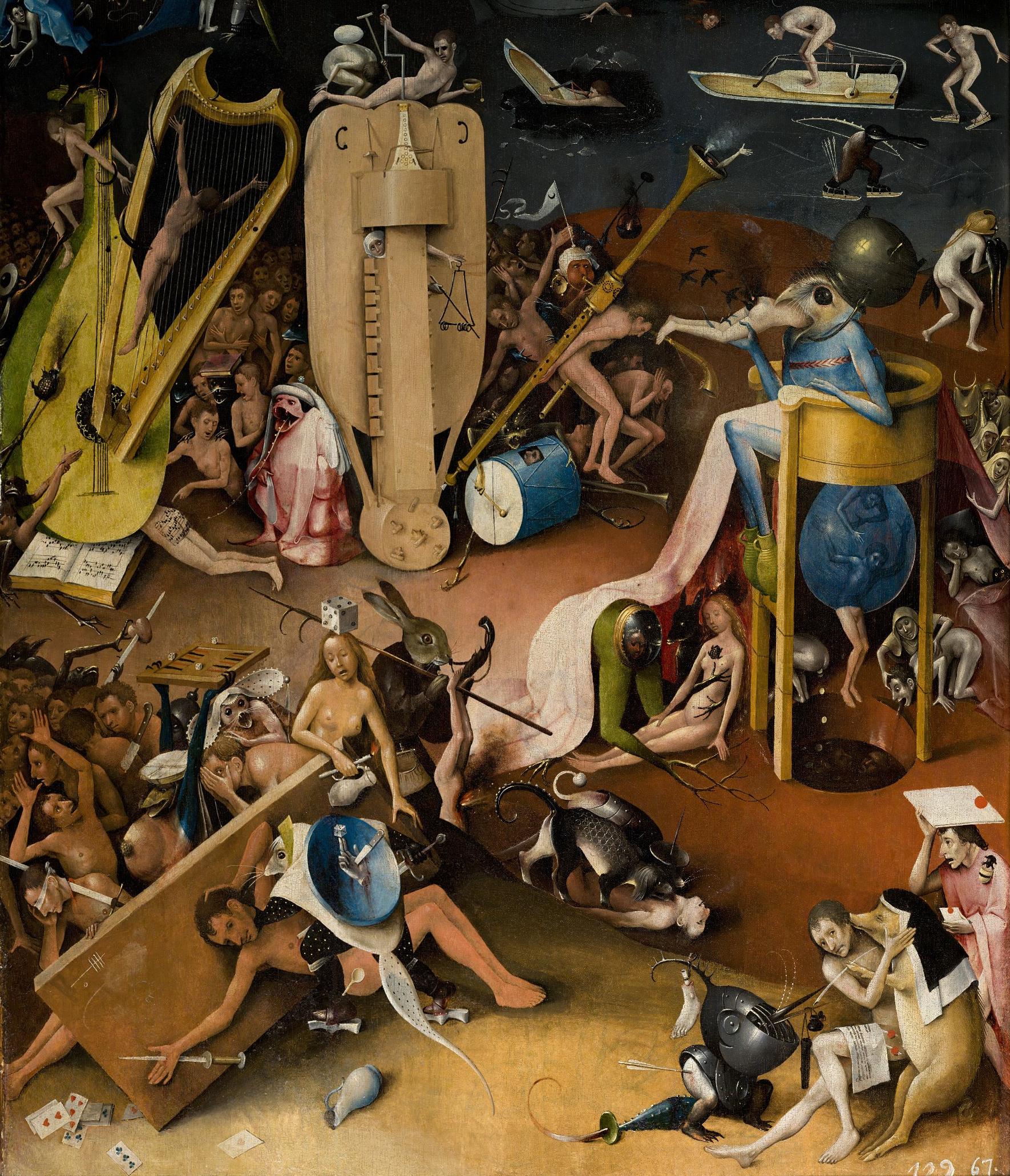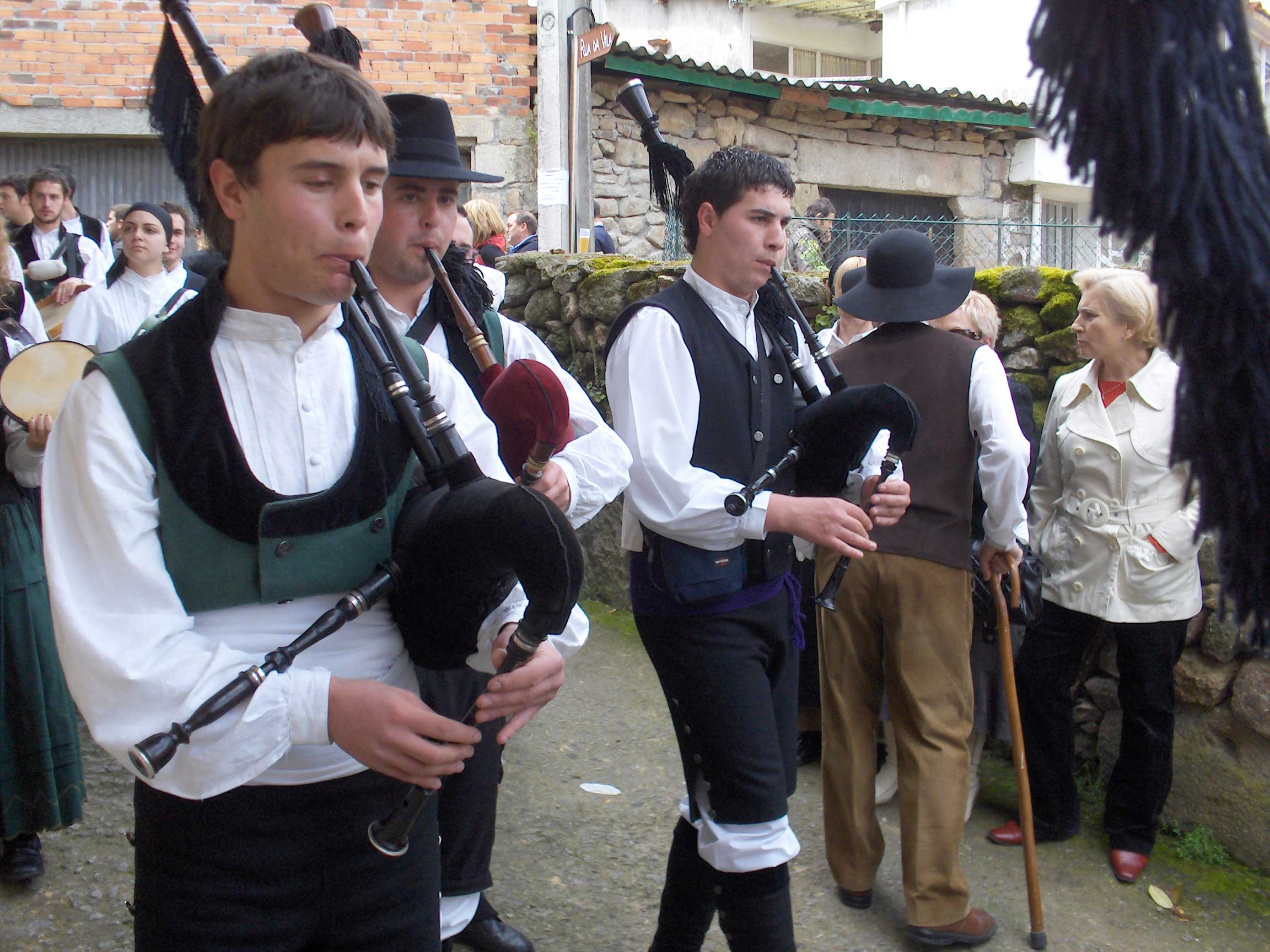|
Hurdy Gurdy
The hurdy-gurdy is a string instrument that produces sound by a hand-turned crank, rosined wheel rubbing against the strings. The wheel functions much like a violin (or nyckelharpa) bow, and single notes played on the instrument sound similar to those of a violin. Melodies are played on a keyboard that presses ''tangents''—small wedges, typically made of wood or metal—against one or more of the strings to change their pitch. Like most other acoustic stringed instruments, it has a sound board and hollow cavity to make the vibration of the strings audible. Most hurdy-gurdies have multiple drone strings, which give a constant pitch accompaniment to the melody, resulting in a sound similar to that of bagpipes. For this reason, the hurdy-gurdy is often used interchangeably or along with bagpipes. It is mostly used in Occitan, Aragonese, Cajun French, Asturian, Cantabrian, Galician, Hungarian, and Slavic folk music. It can also be seen in early music settings such as mediev ... [...More Info...] [...Related Items...] OR: [Wikipedia] [Google] [Baidu] |
Bagpipes
Bagpipes are a woodwind instrument using enclosed reeds fed from a constant reservoir of air in the form of a bag. The Great Highland bagpipes are well known, but people have played bagpipes for centuries throughout large parts of Europe, Northern Africa, Western Asia, around the Persian Gulf and northern parts of South Asia. The term ''bagpipe'' is equally correct in the singular or the plural, though pipers usually refer to the bagpipes as "the pipes", "a set of pipes" or "a stand of pipes". Bagpipes are part of the aerophone group because to play the instrument you must blow air into it to produce a sound. Construction A set of bagpipes minimally consists of an air supply, a bag, a chanter, and usually at least one drone. Many bagpipes have more than one drone (and, sometimes, more than one chanter) in various combinations, held in place in stocks—sockets that fasten the various pipes to the bag. Air supply The most common method of supplying air to the b ... [...More Info...] [...Related Items...] OR: [Wikipedia] [Google] [Baidu] |
Rebab
''Rebab'' (, ''rabāba'', variously spelled ''rebap'', ''rubob'', ''rebeb'', ''rababa'', ''rabeba'', ''robab'', ''rubab'', ''rebob'', etc) is the name of several related string instruments that independently spread via Islamic trading routes over much of North Africa, Middle East, Central Asia, Southeast Asia, and parts of Europe. The instrument is typically bowed, but is sometimes plucked. It is one of the earliest known bowed instruments, named no later than the 8th century, and is the parent of many bowed and stringed instruments. Variants There are chiefly three main types: A long-necked bowed variety that often has a spike at the bottom to rest on the ground (see first image to the right); thus this is called a spike fiddle in certain areas. Some of the instruments developing from this variant have vestigial spikes. A short-necked double-chested or "boat-shaped" variant; plucked versions like the '' Maghreb rebab'' and the ''kabuli rebab'' (sometimes referred to as ... [...More Info...] [...Related Items...] OR: [Wikipedia] [Google] [Baidu] |
Middle East
The Middle East (term originally coined in English language) is a geopolitical region encompassing the Arabian Peninsula, the Levant, Turkey, Egypt, Iran, and Iraq. The term came into widespread usage by the United Kingdom and western European nations in the early 20th century as a replacement of the term Near East (both were in contrast to the Far East). The term "Middle East" has led to some confusion over its changing definitions. Since the late 20th century, it has been criticized as being too Eurocentrism, Eurocentric. The region includes the vast majority of the territories included in the closely associated definition of West Asia, but without the South Caucasus. It also includes all of Egypt (not just the Sinai Peninsula, Sinai) and all of Turkey (including East Thrace). Most Middle Eastern countries (13 out of 18) are part of the Arab world. The list of Middle Eastern countries by population, most populous countries in the region are Egypt, Turkey, and Iran, whil ... [...More Info...] [...Related Items...] OR: [Wikipedia] [Google] [Baidu] |
Europe
Europe is a continent located entirely in the Northern Hemisphere and mostly in the Eastern Hemisphere. It is bordered by the Arctic Ocean to the north, the Atlantic Ocean to the west, the Mediterranean Sea to the south, and Asia to the east. Europe shares the landmass of Eurasia with Asia, and of Afro-Eurasia with both Africa and Asia. Europe is commonly considered to be Boundaries between the continents#Asia and Europe, separated from Asia by the Drainage divide, watershed of the Ural Mountains, the Ural (river), Ural River, the Caspian Sea, the Greater Caucasus, the Black Sea, and the waterway of the Bosporus, Bosporus Strait. "Europe" (pp. 68–69); "Asia" (pp. 90–91): "A commonly accepted division between Asia and Europe ... is formed by the Ural Mountains, Ural River, Caspian Sea, Caucasus Mountains, and the Black Sea with its outlets, the Bosporus and Dardanelles." Europe covers approx. , or 2% of Earth#Surface, Earth's surface (6.8% of Earth's land area), making it ... [...More Info...] [...Related Items...] OR: [Wikipedia] [Google] [Baidu] |
Fiddles
A fiddle is a bowed string musical instrument, most often a violin or a bass. It is a colloquial term for the violin, used by players in all genres, including classical music. Although in many cases violins and fiddles are essentially synonymous, the style of the music played may determine specific construction differences between fiddles and classical violins. For example, fiddles may optionally be set up with a bridge with a flatter arch to reduce the range of bow-arm motion needed for techniques such as the double shuffle, a form of bariolage involving rapid alternation between pairs of adjacent strings. To produce a ''brighter'' tone than the deep tones of gut or synthetic core strings, fiddlers often use steel strings. The fiddle is part of many traditional ( folk) styles, which are typically aural traditions—taught " by ear" rather than via written music. Fiddling is the act of playing the fiddle, and fiddlers are musicians who play it. Among musical styles, fid ... [...More Info...] [...Related Items...] OR: [Wikipedia] [Google] [Baidu] |
Baroque Music
Baroque music ( or ) refers to the period or dominant style of Classical music, Western classical music composed from about 1600 to 1750. The Baroque style followed the Renaissance music, Renaissance period, and was followed in turn by the Classical period (music), Classical period after a short transition (the Galant music, galant style). The Baroque period is divided into three major phases: early, middle, and late. Overlapping in time, they are conventionally dated from 1580 to 1650, from 1630 to 1700, and from 1680 to 1750. Baroque music forms a major portion of the "Western art music, classical music" Western canon, canon, and continues to be widely studied, performed, and listened to. The term "baroque" comes from the Portuguese word ''barroco'', meaning "baroque pearl, misshapen pearl". Key List of Baroque composers, composers of the Baroque era include Johann Sebastian Bach, Antonio Vivaldi, George Frideric Handel, Georg Philipp Telemann, Domenico Scarlatti, Claudio Monte ... [...More Info...] [...Related Items...] OR: [Wikipedia] [Google] [Baidu] |
Renaissance Music
Renaissance music is traditionally understood to cover European music of the 15th and 16th centuries, later than the Renaissance era as it is understood in other disciplines. Rather than starting from the early 14th-century ''ars nova'', the music of the Trecento, Trecento music was treated by musicology as a coda to medieval music and the new era dated from the rise of triad (music), triadic harmony and the spread of the ''contenance angloise'' style from the British Isles to the Burgundian School. A convenient watershed for its end is the adoption of basso continuo at the beginning of the Baroque music, Baroque period. The period may be roughly subdivided, with an early period corresponding to the career of Guillaume Du Fay (–1474) and the cultivation of cantilena style, a middle dominated by Franco-Flemish School and the four-part textures favored by Johannes Ockeghem (1410s or '20s–1497) and Josquin des Prez (late 1450s–1521), and culminating during the Counter-Reformat ... [...More Info...] [...Related Items...] OR: [Wikipedia] [Google] [Baidu] |
Medieval Music
Medieval music encompasses the sacred music, sacred and secular music of Western Europe during the Middle Ages, from approximately the 6th to 15th centuries. It is the Dates of classical music eras, first and longest major era of Western classical music and is followed by the Renaissance music; the two eras comprise what musicologists generally term as early music, preceding the common practice period. Following the traditional division of the Middle Ages, medieval music can be divided into #Early medieval music (500–1000), Early (500–1000), #High medieval music (1000–1300), High (1000–1300), and #Late medieval music (1300–1400), Late (1300–1400) medieval music. Medieval music includes liturgical music used for the church, other sacred music, and secular music, secular or non-religious music. Much medieval music is purely vocal music, such as Gregorian chant. Other music used only instruments or both voices and instruments (typically with the instruments accompanime ... [...More Info...] [...Related Items...] OR: [Wikipedia] [Google] [Baidu] |
Hungarian Folk Music
Hungarian may refer to: * Hungary, a country in Central Europe * Kingdom of Hungary, state of Hungary, existing between 1000 and 1946 * Hungarians/Magyars, ethnic groups in Hungary * Hungarian algorithm, a polynomial time algorithm for solving the assignment problem * Hungarian language, a Uralic language spoken in Hungary and all neighbouring countries * Hungarian notation, a naming convention in computer programming * Hungarian cuisine Hungarian or Magyar cuisine (Hungarian language, Hungarian: ''Magyar konyha'') is the cuisine characteristic of the nation of Hungary, and its primary ethnic group, the Hungarians, Magyars. Hungarian cuisine has been described as being the P ..., the cuisine of Hungary and the Hungarians See also * * {{disambiguation Language and nationality disambiguation pages ... [...More Info...] [...Related Items...] OR: [Wikipedia] [Google] [Baidu] |
Music Of Galicia, Cantabria And Asturias
The musical traditions of the Northwest Iberian Peninsula include those of Galicia, Asturias, and Cantabria. The music of Galicia and Asturias is characterized by the use of bagpipes, with some similarities to the music of Cantabria. History It has long been thought that Galician and Asturian music might owe their roots to the ancient Celtic history of the region, in which it was presumed that some of this ancient influence had survived despite the long evolution of the local musical traditions since then, including centuries of Roman and Germanic influences. Whether or not this is the case, much modern commercial Galician and Asturian traditional and folk-rock of recent years has become strongly influenced by modern Irish, Scottish and Welsh "folk" styles. Galicia is nowadays a strong player on the international Celtic folk scene. As a result, elements of the pre-industrial Galician tradition have become integrated into the modern Celtic folk repertoire and style. Many, ho ... [...More Info...] [...Related Items...] OR: [Wikipedia] [Google] [Baidu] |








